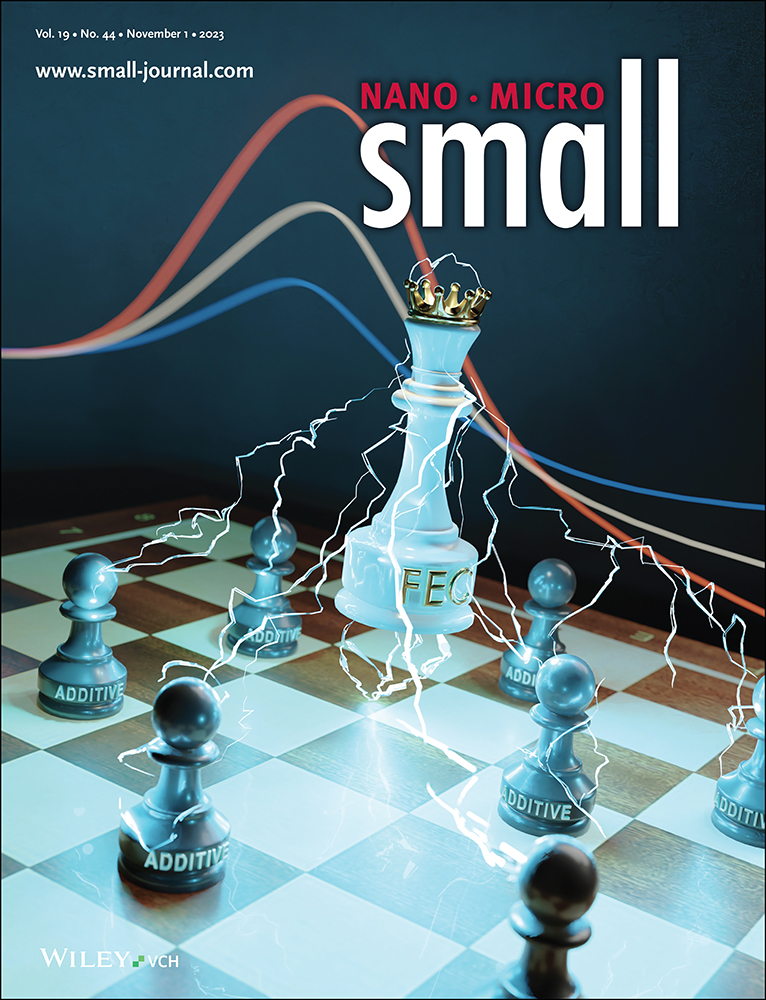Identifying And Unveiling the Role of Multivalent Metal States for Bidirectional UOR and HER Over Ni, Mo-Trithiocyanuric Based Coordination Polymer
Abstract
Urea oxidation reaction (UOR), an ideal alternative to oxygen evolution reaction (OER), has received increasing attention for realizing energy-saving H2 production and relieving pollutant degradation. Normally, most studied Ni-based UOR catalysts pre-oxidate to NiOOH and then act as active sites. However, the unpredictable transformation of the catalyst's structure and its dissolution and leaching, may complicate the accuracy of mechanism studies and limit its further applications. Herein, a novel self-supported bimetallic Mo-Ni-C3N3S3 coordination polymers (Mo-NT@NF) with strong metal–ligand interactions and different H2O/urea adsorption energy are prepared, which realize a bidirectional UOR/hydrogen evolution reaction (HER) reaction pathway. A series of Mo-NT@NF is prepared through a one-step mild solvothermal method and their multivalent metal states and HER/UOR performance relationship is evaluated. Combining catalytic kinetics, in situ electrochemical spectroscopic characterization, and density-functional theory (DFT) calculations, a bidirectional catalytic pathway is proposed by N, S-anchored Mo5+ and reconstruction-free Ni3+ sites for catalytic active center of HER and UOR, respectively. The effective anchoring of the metal sites and the fast transfer of the intermediate H* by N and S in the ligand C3N3S3H3 further contribute to the fast kinetic catalysis. Ultimately, the coupled HER||UOR system with Mo-NT@NF as the electrodes can achieve energy-efficient overall-urea electrolysis for H2 production.
Conflict of Interest
The authors declare no conflict of interest.
Open Research
Data Availability Statement
The data that support the findings of this study are available from the corresponding author upon reasonable request.




